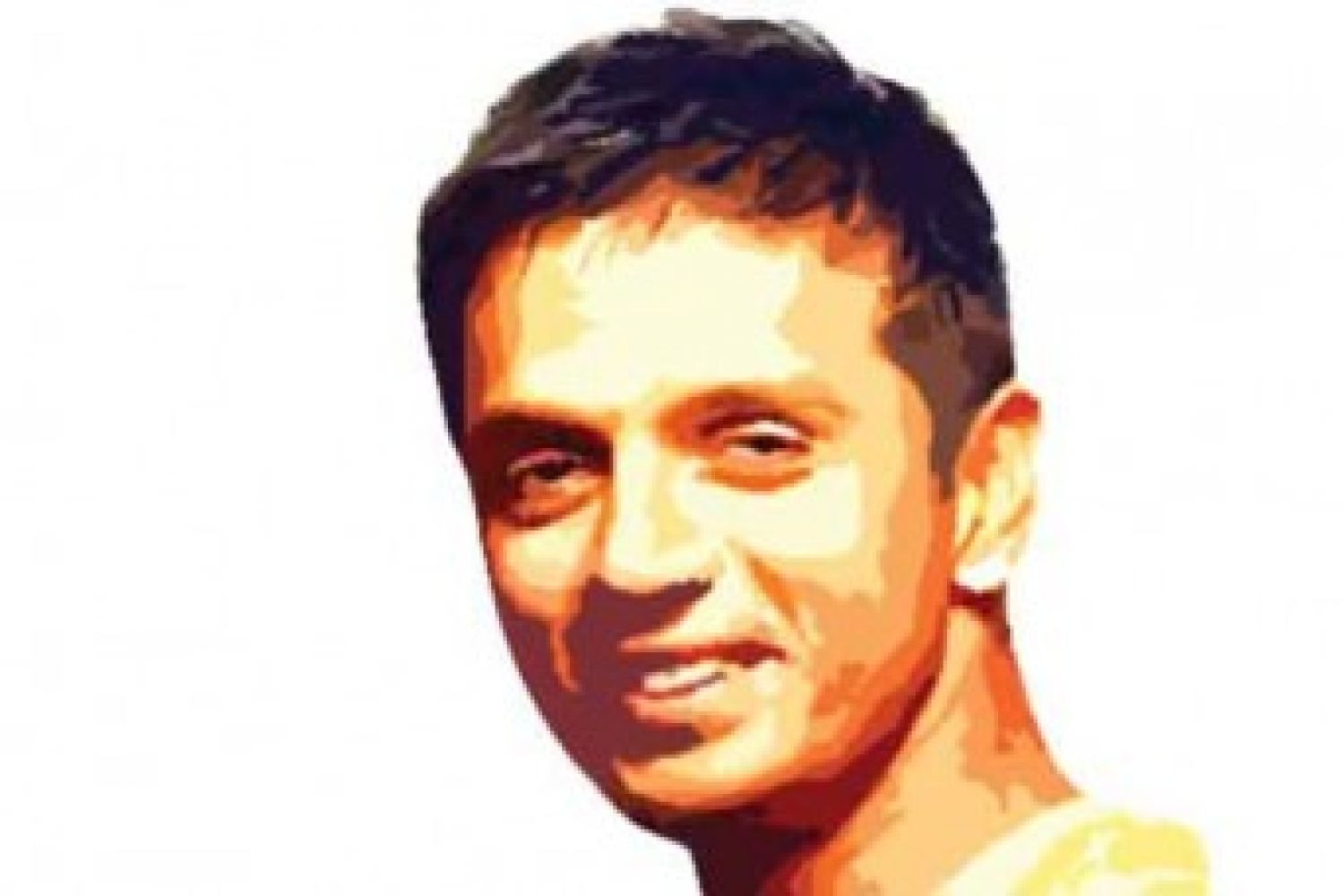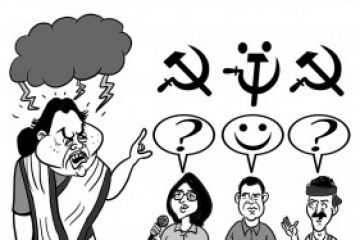
Many years ago, I
played squash regularly with a young woman who was on our university team. She
was an outstanding player: quick and lithe about the court, with plenty of
guile but a deceptive power in her strokes. When we first played, she flattered
me by complimenting me on my own strokes. But she flattered only to defeat me,
again and again, until I was drowning in excuses for why I couldn’t beat her.
Until the defeats became monotonous. Until, worse, I could see the respect
fading i
Continue reading “Goodbye to all that, Rahul Dravid”
Read this story with a subscription.





